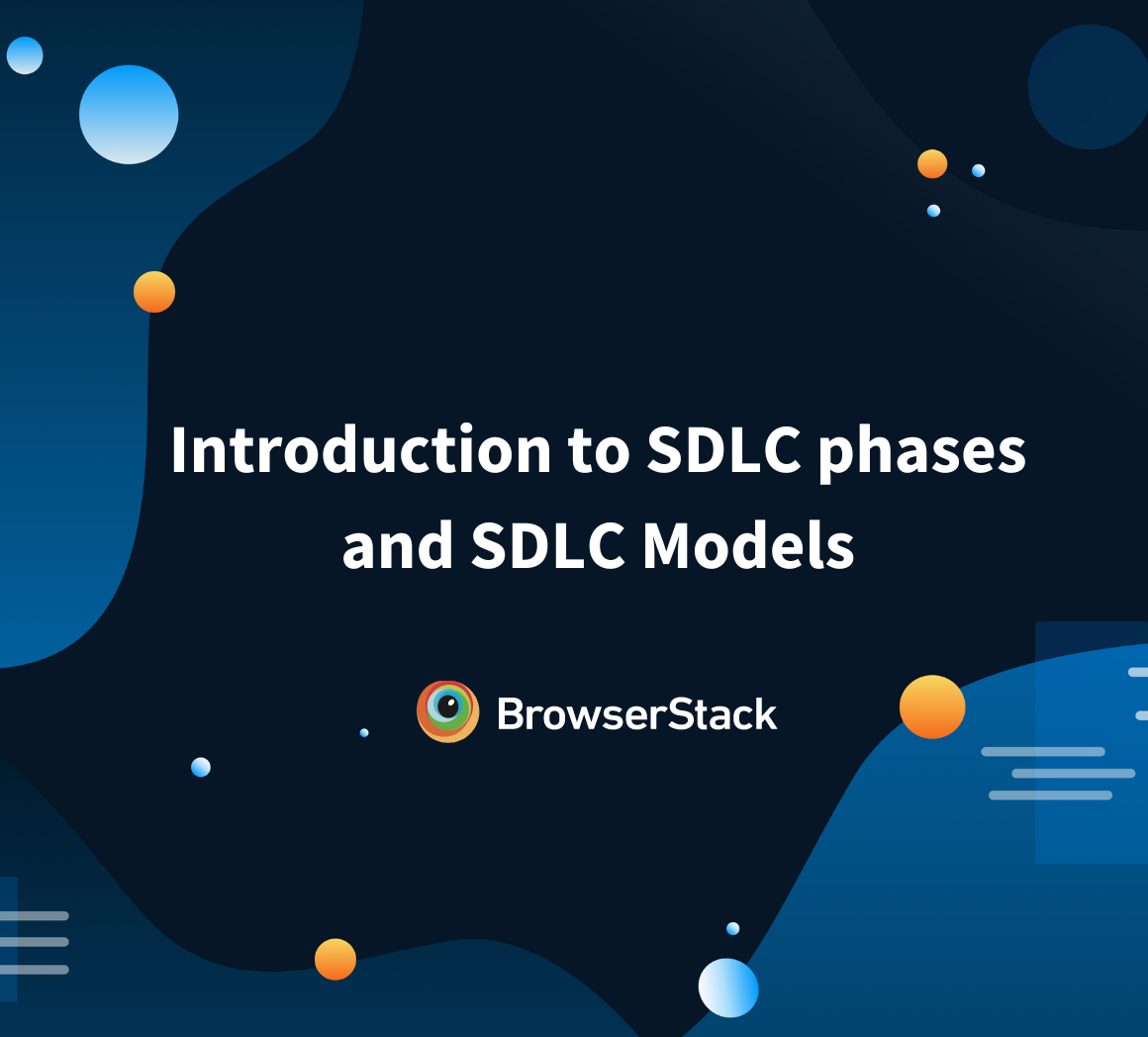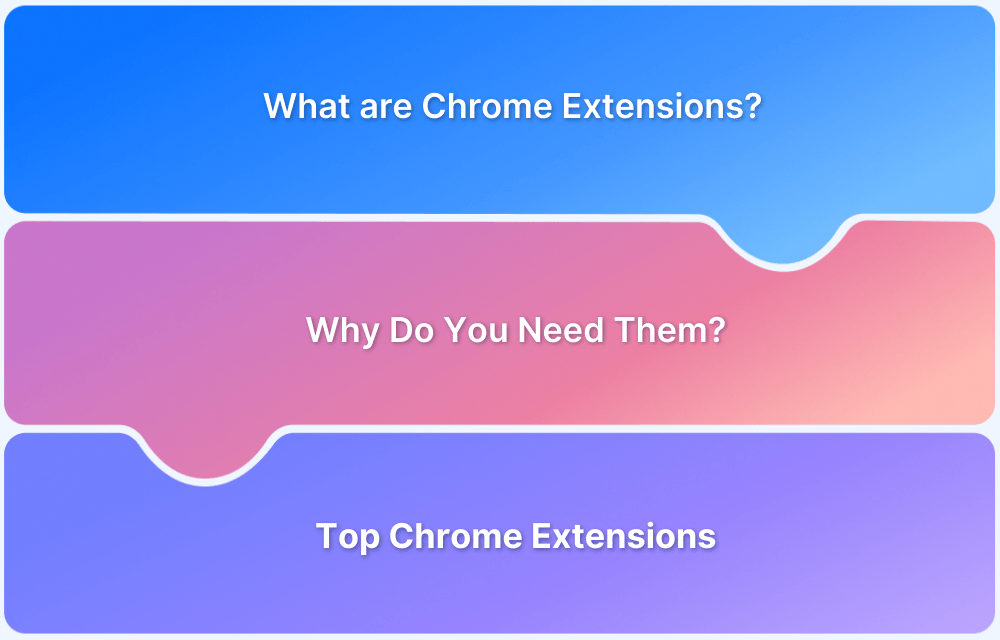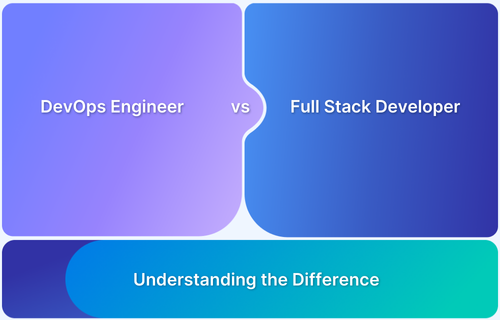The Ultimate Web Development Roadmap
By Vivek Mannotra, Community Contributor - November 14, 2024
The scope of web development in is diverse, encompassing various industries, technologies, and specializations.
From traditional web design and development to emerging fields like online gaming, Web3, IOT, and AI integration, there are numerous avenues for aspiring and experienced web developers. Starting a web developer career in 2023 is especially difficult because AI-based coding systems are available in the market that can do the job of many developers at once.
However, the need for developers has remained the same but only shifted the focus of hiring folks to people who can command control of these new tools to gain technical leverage.
What is Web Development?
Web Development refers to a broad set of activities related to programming, testing, deploying, and maintaining websites and web apps. The term is used most frequently as a job role in a context where a company, institution, or individual is developing a website.
A web developer is a professional responsible for designing, coding, and modifying websites or web applications, tailoring them to a client’s requirements, and ensuring functionality, usability, and accessibility.
Also Read: Web Application Development: Process, Tools, & Examples
Three Types of Web Development
There are three types of web development, as mentioned below:
- Back-End Development: Developing the core system that can receive requests, access databases, perform computation, and handle multiple clients simultaneously. It could be a static, dynamic, or hybrid system.
- Front-End Development: This involves coding the responses received by clients, usually in the form of HTML pages with multiple dependencies, UI elements, hyperlinks, etc. It focuses on building an instance of the website/application that can be consumed in the client environment.
- Full-Stack Development: Full-Stack Development refers to the comprehensive handling of both front-end and back-end development. A Full-Stack Developer has the skills to work on both the client-side and server-side of the application, managing the complete data flow between the user and the server.
Roles and Responsibilities of a Web Developer
The roles, salary, and type of work for web developers may vary based on their specialization, location, experience, education, and the type of company. It can include:
Web Developers can find work in specialized areas based on their skills in areas such as:
- UX/UI Design: Focus on user experience and interface design.
- SEO: Understand search engine optimization.
- Web Accessibility: Study the Web Content Accessibility Guidelines (WCAG).
- Internationalization and Localization: Managing content on the website and helping make it more relevant for a language or area.
Web development has a more approachable learning curve when compared to other application development paradigms. As a result, the barrier to entry for starting a career in Web Development is relatively low.
However, more than learning the basics of web development is needed to secure a high-paying job in the job market, which is highly competitive and constantly changing.
Salary of a Web Developer
Web developer salaries vary widely based on location, experience level, skill set, and the industry or company. However, web developers typically have competitive salaries due to the high demand for their skills in today’s digital landscape.
According to the Bureau of Labor Statistics (bls.gov), the median annual salary for web developers is $80,730.
Overview of a Typical Web Development Roadmap
While there’s no set timeframe to learn web development, experience levels vary based on role requirements.
Below is an overview of Web Development Roadmap.
| Stage | Description |
|---|---|
| Education | Degree is optional; many start with online courses, tutorials, or self-learning. |
| Portfolio Building | Create projects or contribute to open-source work to showcase skills and attract employers. |
| Entry-Level Role | Begin as a junior developer, learning under experienced colleagues and contributing to real projects. |
| Specialization | Focus on a specific area like Front-End, Back-End, or Full-Stack Development as skills develop. |
| Mid-Level Role | Take on more responsibility, lead small projects, and mentor junior team members. |
| Networking | Engage with developer communities, attend events, and connect for growth and opportunities. |
| Senior Role | Lead technical decision-making, design architecture, and oversee team management. |
| Continuous Learning | Stay updated with new technologies and best practices to remain competitive. |
| Career Transitions | Move into related areas like UX/UI design, project management, or start a tech venture. |
| Certifications | Optional certifications in specialized technologies can enhance expertise and credibility. |
In the best-case scenario, it is possible to learn the basics of web development, create some basic projects and land an entry-level job within a few months. However, most job interviewers will ask in-depth technical questions that might cover deeper concepts that take more work to grasp quickly.
The Ultimate Web Development Roadmap
If you’re looking to become a web developer, having a clear roadmap is essential to guide you through the myriad technologies and concepts you’ll need to understand.
All web developers have some things in common, but they’re also unique based on the problem they are working on and their approach to solving it.
Here are the common steps in a typical Web Development journey roadmap:
1. Learning Core Web Technologies
The first step is to learn the underlying core technologies that make up the world wide web and its contents. It includes:
- Core Web Languages i.e. HTML, CSS and JS
- Protocols like TCP/IP, HTTP/HTTPS, FTP, SMTP etc.
- Basics of Web Semantics, Accessibility, and Usability
2. Learn about types of Web Applications
Learn what types of applications are suitable for your use case, or if you are a student, understand the most commonly deployed types of applications on the web like:
- Static HTML pages: Web pages that have fixed content and display the same information to every visitor without any real-time interaction or updates.
- Dynamic HTML Pages: Web pages that can change content dynamically, often using JavaScript and other libraries, providing interactive and real-time user experiences.
- Server-Side Apps: Applications that run on the server and dynamically generate content, typically using languages like PHP, Python, or Java, which is sent to the client’s browser.
- Single Page Apps: Web applications that load a single HTML page and dynamically update content as the user interacts with the app, offering a smoother user experience.
- Progressive Web Apps: Web applications that provide a native-app-like experience on the web, with features like offline access, push notifications, and fast loading times.
- Hybrid Apps: Mobile applications built using web technologies that can run both on web browsers and as native apps on various mobile platforms, offering a blend of web and native functionalities.
3. Building Tool Stacks for Web
The web’s decentralized nature provides flexibility in web development, offering various libraries, frameworks, and tools to streamline complex tasks.
Web developers must be able to select and plan an appropriate tool stack for each challenge, using various popular tools for front-end and back-end development.
Front-End Development
- Core Languages: HTML, CSS, JavaScript – the essential building blocks for structuring and styling web content.
- Frameworks & Libraries: React, Angular, and Vue.js – enable dynamic, responsive designs and improve user interactions.
- CSS Pre-processors: Sass and Less simplify styling, making CSS more maintainable.
- Package Managers: NPM, Yarn – facilitate the installation and management of libraries and dependencies.
- Build Tools: Webpack, Gulp, Grunt – automate tasks like code optimization and file bundling.
- Testing Tools: Jest, Mocha, Jasmine – support unit and integration testing for front-end code.
- Developer Tools: Browser dev tools – assist in debugging, inspecting elements, and optimizing performance.
Responsiveness
Responsiveness ensures a web application automatically adapts to any screen size, whether desktop, tablet, or mobile, for a consistent user experience.
- Automatic Screen Adjustment optimizes layout for every device.
- Enhanced Usability allows easy access across all devices.
- Improved Reach increases audience engagement by meeting user expectations on any device.
Building responsive design into your app is essential to maximize usability and reach.
Back-End Development
- Programming Languages: Java, Python, PHP, Ruby – power server-side operations and back-end logic.
- Frameworks: Spring, Django, Express.js – accelerate back-end development and structure server code efficiently.
- Databases: MySQL, PostgreSQL (SQL) and MongoDB (NoSQL) – manage data storage and retrieval.
- Web Servers: Nginx, Apache – manage HTTP requests and deliver static content to users.
- Authentication Tools: OAuth, JWT – secure user sessions and authentication.
- API Tools: RESTful and GraphQL – enable efficient API creation, testing, and integration.
4. Deployment
includes everything required to get the application live online.
- Version Control: Learn Git to manage code versions and contributions across branches.
- Containerization: Docker to package the application with all its dependencies.
- Orchestration Tools: Kubernetes for managing containerized applications.
- CI/CD: Jenkins, GitLab CI, Travis CI for automating the build, test, and deploy process.
- Cloud Providers: AWS, Azure, and Google Cloud to host the application.
- Monitoring and Analytics: Tools like Prometheus and Google Analytics for tracking performance and user engagement.
Please note that the technologies mentioned here are popular suggestions; there are many more options for you to explore.
5. Testing and Monitoring
Thorough testing ensures that the code runs smoothly and meets quality standards.
- Unit Testing: Using frameworks like Jest, Mocha, or Jasmine to test individual components.
- Integration Testing: Running locally or on BrowserStack Live to test interactions between different application parts.
- End-to-End Testing: Selenium, Cypress, BrowserStack Automate and Percy for simulating user behavior and testing the whole flow.
- Responsiveness Testing: Testing adaptability across various devices, browsers, and user conditions using tools like BrowserStack Live, and Responsive.
- Accessibility Testing: Testing for compatibility with screen readers, web crawlers, and other assistive modes.
- Performance Testing: Tools like BrowserStack App Performance to test the application’s performance under load.
Front-End vs. Back-End vs. Full-Stack Development
Your web application lives inside a suitable host environment, from where it is delivered to a client environment over TCP/IP in the following steps :
- Client or the “Front-End” makes an HTTP request to the host domain/IP with a request URL and some meta-data in form of HTTP headers.
- Server or “Back-End” receives the request and decides what type of response and metadata to send back to the client.
- The client receives a response and renders it as a webpage inside the browser tab.
So in the loading of a single webpage, the client initiates the transaction, the server validates the request and decides how to fulfill it, and finally, the client receives a response with which the data transaction is completed.
This separation of systems into Front-End and Back-End is the basis of understanding the Internet’s development, delivery, performance, and security landscape. Both in technical and conceptual terms.
Each web development area has unique characteristics, advantages, and challenges. Choosing between Front-End, Back-End, or Full-Stack development depends on your project needs, career goals, or team structure.
- If you are more inclined toward visual design and user interaction, Front-End development might be for you.
- If you enjoy working on logical problems, handling data, web servers and server-side operations, Back-End development may be a suitable path.
- Full-Stack development offers that opportunity if you want to handle both aspects and comprehensively view the entire web development process.
Follow-Up Read: DevOps Engineer vs Full Stack Developer: Differences
Next Steps for Your Web Development Roadmap
Once you have successfully completed your foundation for web development, below are some advanced concepts that you can explore –
- Learn advanced techniques like sharding and replication to manage large datasets efficiently.
- Explore scripting languages like Python to automate repetitive tasks and improve workflow efficiency.
- Understand CI/CD pipelines and tools like Jenkins to streamline your development process.
- Familiarize yourself with DevOps principles and infrastructure as code (IaC) for enhanced collaboration and application reliability.
- Study frameworks like React.js or Angular to build interactive and dynamic user interfaces.
- Gain knowledge of web security practices, focusing on protocols and secure coding to protect your applications.
Follow-Up Read: Top 12 Skills Every Mobile Application Tester Needs
Conclusion
Becoming a web developer is a journey that requires a blend of technical expertise, creativity, problem-solving, and continuous learning.
A great portfolio is the best way to ensure your skills and aspirations are properly communicated to the hiring professionals. Here is how to get started:
- Create personal or freelance projects to showcase your skills.
- Collaborate and contribute to exciting projects on GitHub.
- Create a decent Resume/CV, or even better, an online webpage as a dynamic profile.
- If you live in an area with companies, you can try networking and attending meetups, conferences, and workshops.
- For online applications, tailor your resume and apply for positions based on your preferred style, like job portals, freelance projects, research-based projects etc.
Aspiring web developers can build a successful career in this dynamic and ever-growing field by focusing on the fundamentals, choosing the right path, mastering the necessary languages and frameworks, and adhering to industry best practices.
It’s not just about the tools you learn but how you apply them, adapt to changes, and continually strive to improve that defines success in web development.






